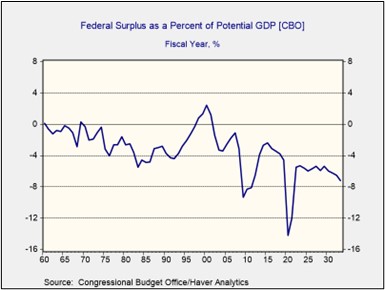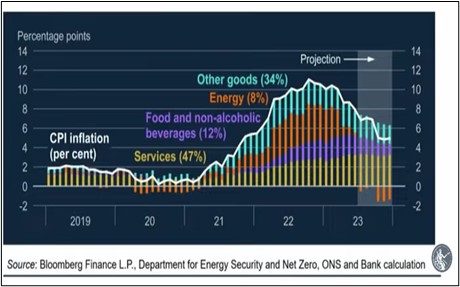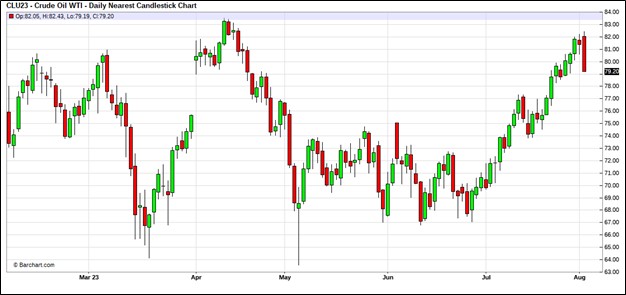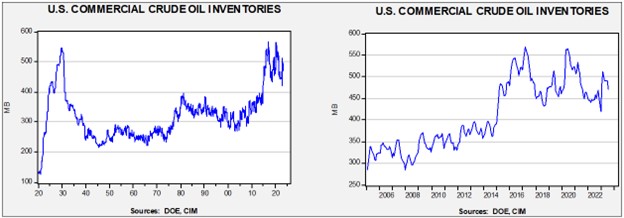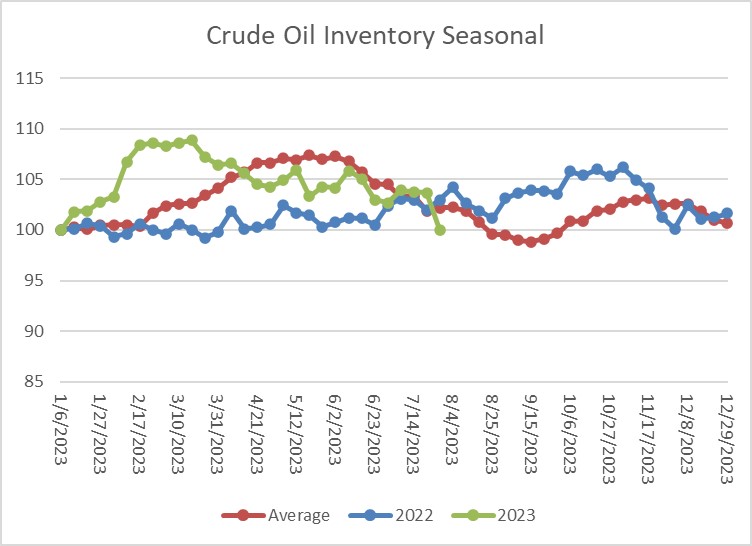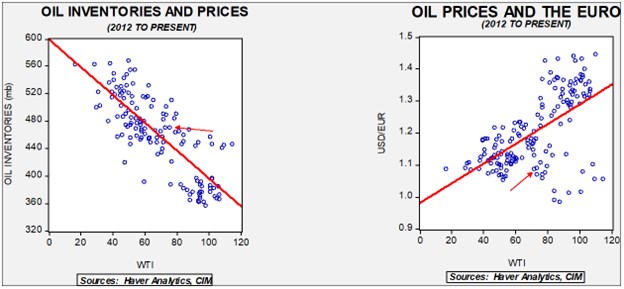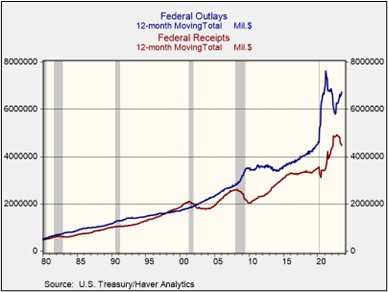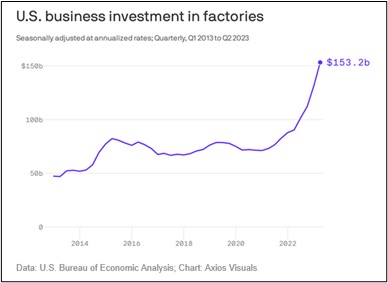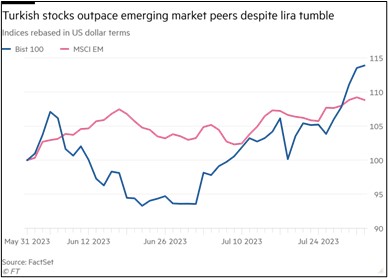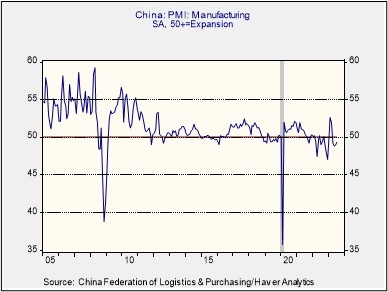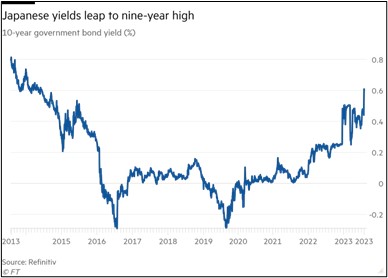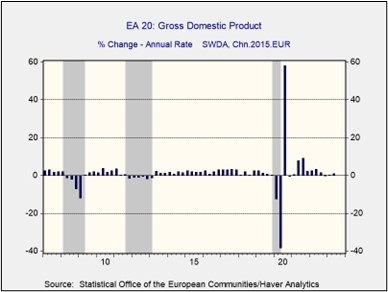Patrick Fearon-Hernandez, CFA | PDF
Tensions between the United States and China continue to worsen, with the two nations hurtling toward each other in a geopolitical game of chicken that, in a worst case scenario, could potentially end up in war. In the distance, a few possible off-ramps still hold promise, but the two powers are charging at each other so fast that it will be tough to make the turn onto any of them. If war comes, it will most likely start with a Chinese grab for Taiwan. However, the war wouldn’t really be a fight for control of a subtropical island slightly bigger than Maryland, some 100 miles off the southeast coast of China. Taiwan would only serve as the immediate excuse for war. The war would really be a contest for the world’s future. The war would pit the vision and fundamental interests of the U.S. and its geopolitical and economic bloc against the vision and interests of the China/Russia[1] bloc.
If war comes, the spoils of victory would be what we call the three Ts: Territory, Technology, and Trade. To the victor would go the territory of Taiwan, or for the U.S., the assurance of Taiwan’s territorial integrity. Keeping Taiwan unshackled would preserve the global space for democracy and freedom and ensure that Taiwan remains a bulwark against the authoritarian rule of the Chinese Communist Party. To the victor would also go Taiwan’s unique factories and workers producing the world’s most advanced semiconductor technologies. Finally, the victor would secure the ability to restrict or keep open the vital sea lanes and trade routes feeding key U.S. allies like Japan and South Korea.
Since both the U.S. bloc and the China/Russia bloc could deploy masses of highly destructive weapons and concentrate them on a limited objective, a war over Taiwan could be relatively short—days or weeks, rather than months or years. All the same, properly preparing for such a war would require a long-term effort. The military buildup that has given China the world’s largest navy and put it in position to possibly win such a conflict has continued for far more than a decade. As the West has learned in its struggle to arm Ukraine against Russia’s invasion, “Great Power” military preparedness requires full-scale exploitation of a country’s national resources and a large, advanced defense industry. In this report, we discuss the economics of defense in today’s Great Power competition and what it means for investors.
[1] Given the increased geopolitical and economic cooperation between China and Russia, we now refer to their bloc jointly. However, we still believe China is the main driver of this bloc.

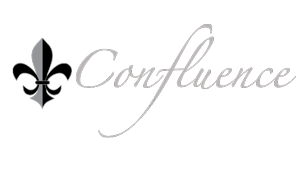

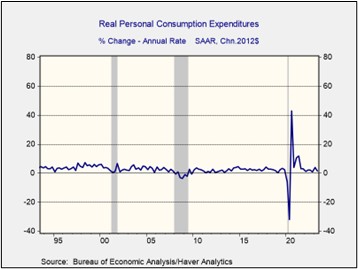
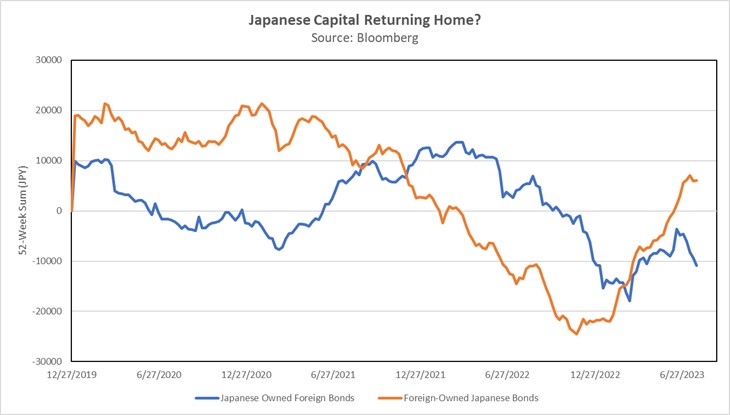
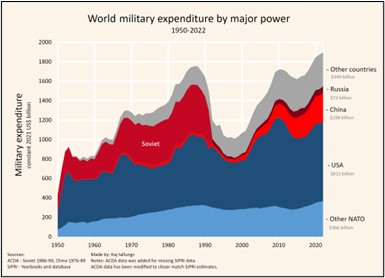 (Source: Wikimedia Commons)
(Source: Wikimedia Commons)